Location
353 to 384 of 942 results
-
De Buorren Twa
De Buorren Twa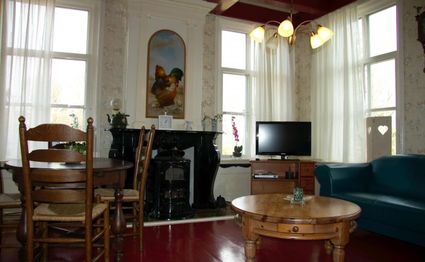 Paesens
Paesens -
Ooievaarsdorp
Ooievaarsdorp Earnewâld
Earnewâld -
Indoor speelparadijs en zwembad Jonas en de Walvis
Indoor speelparadijs en zwembad Jonas en de Walvis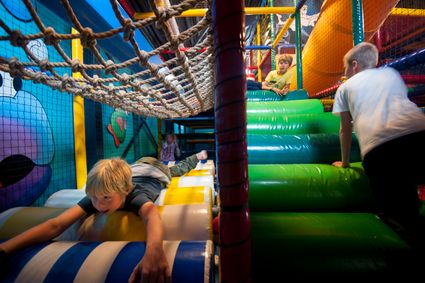 Sumar
Sumar -
Veerpont Grietman-Eco (Hooidammen)
Veerpont Grietman-Eco (Hooidammen)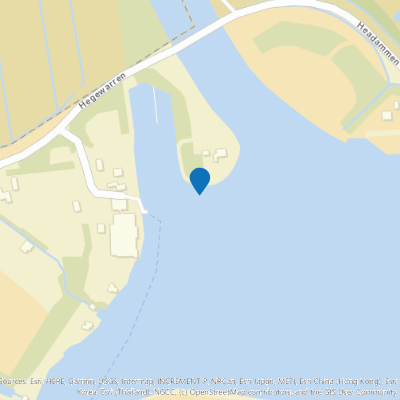 Veenhoop
Veenhoop -
Michaëlkerk Anjum
Michaëlkerk Anjum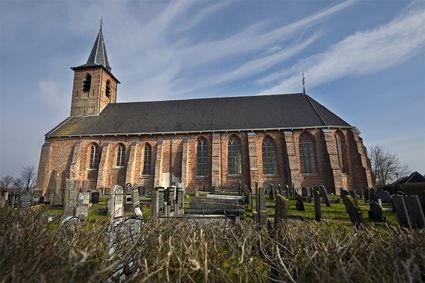 Anjum
Anjum -
Langelaan
Langelaan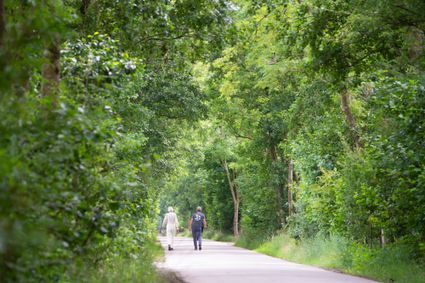 Burgum
Burgum -
IJsbaangebouw Aldtsjerk
IJsbaangebouw Aldtsjerk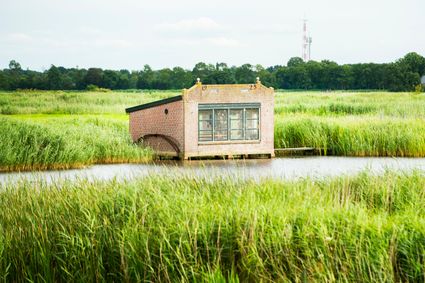 Aldtsjerk
Aldtsjerk -
Sint-Benedictuskerk Damwoude
Sint-Benedictuskerk Damwoude Damwoude
Damwoude -
BinnenInn 12 Persoons Huis
BinnenInn 12 Persoons Huis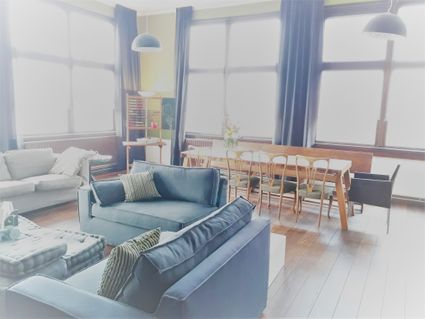 Metslawier
Metslawier -
De Feroaring
De Feroaring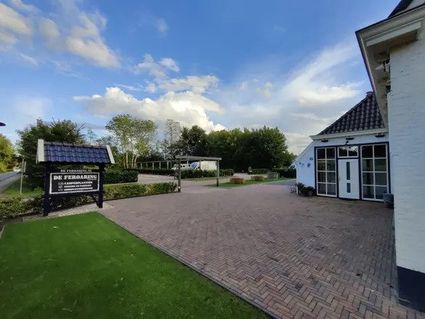 Oudwoude
Oudwoude -
De Leijen - Mienskerwei
De Leijen - Mienskerwei Eastermar
Eastermar -
Outdoor Veldboom
Outdoor Veldboom Eernewoude
Eernewoude -
Buwepleats - vierpersoonsappartement
Buwepleats - vierpersoonsappartement Drogeham
Drogeham -
Seventy evacuees from Arnhem and Limburg
Seventy evacuees from Arnhem and Limburg
The grave monument in Gytsjerkwas erected in memory of Maria v/d Heuij. Maria was one of seventy evacuees from Arnhem and Limburg who arrived in Gytsjerk on 22 January 1945. Maria died a day later, just a few months old. The harsh conditions during the trip had proved fatal to her. Maria did not live to see the liberation. Fortunately, many of the other evacuees with whom she undertook the journey did.
Symbolism
The monument's spiritual father, artist Klaas Bokma, chose two carts because this was the means of transport often used by evacuees. The four withered trees symbolise death. The cross is not only a symbol of the Christian faith, but also a reminder of the sacrifice made by war victims for a life of freedom.
The oldest pupils of Ichtus and Thrimwalda primary schools take care of this monument.
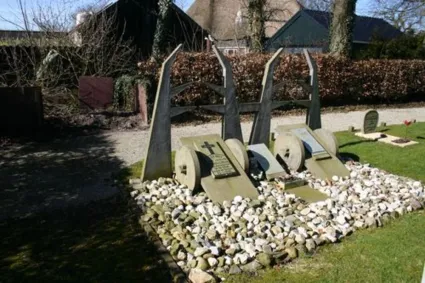 Gytsjerk
Gytsjerk -
LAUWERSOOG CAMPSITE AND RECREATION CENTRE
LAUWERSOOG CAMPSITE AND RECREATION CENTRE Lauwersoog
Lauwersoog -
Zwemcentrum Kollum
Zwemcentrum Kollum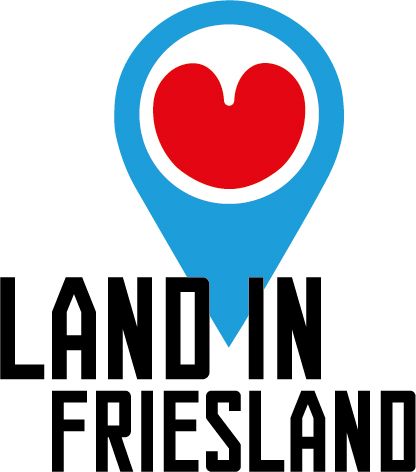 Kollum
Kollum -
Veerpont Zonnepont De Oerhaal (Eernewoude)
Veerpont Zonnepont De Oerhaal (Eernewoude)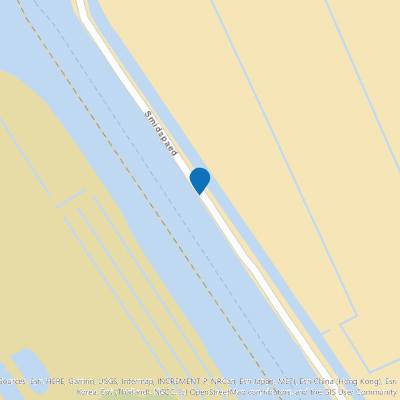 Eernewoude
Eernewoude -
B&B De Flecht
B&B De Flecht Nijega
Nijega -
Attack on the port of Oostmahorn
Attack on the port of Oostmahorn
The liberation of the north-eastern part of Friesland was not achieved without a struggle. The Dutch Domestic Armed Forces (NBS) and Canadian troops fought fierce battles, partly side by side. It was mainly occupiers fleeing in panic who caused fights and shootings that claimed victims on both sides. A fierce battle was also fought over the port of Oostmahorn.
After the liberation of Dokkum, Kollum and Dokkumer Nieuwe Zijlen, the attention of the Canadian troops turned to the port of Oostmahorn. It was the gateway to the island of Schiermonnikoog, which was part of the German defence line, the Atlantic Wall. This bulwark ran along the coasts of France to Norway. During the war, and extensive occupying force was stationed on the Wadden Island.
The village of Oostmahorn was "relieved" by the Dutch Domestic Armed Forces (NBS) on Saturday, 14 April, after the German Grenzschutz (border control) left in silence for Schiermonnikoog. Meanwhile, a group of more than a hundred fleeing SS and SD men and a dozen women crossed the Lauwerszee from Groningen near Zoutkamp with three boats to the island. A number of them were high-ranking SD members of the infamous Scholtenhuis in Groningen. When the NBS saw them sailing past from the port of Oostmahorn, shots were fired back and forth.
The German occupying forces on Schiermonnikoog then wanted to take revenge. The village and the port of Oostmahorn were attacked from the island for two hours on Monday, 16 April. A convoy of three Dutch boats left for the port with the aim of landing there. Meanwhile, the help of the B-Squadron of the Royal Canadian Dragoons (1st Armoured Carrier Regiment) in Dokkum had been called in. The attack was narrowly repelled, but two Canadian soldiers from a reconnaissance group were killed. A defence line of foxholes and armoured vehicles was erected around the village.
Further reinforcements were called in that day from Leeuwarden, where C Company of the North Nova Scotia Highlanders were sent to the coastal strip to patrol for German landing attempts.
After a brief but heavy shelling from the Canadians as a warning, a mediator was sent to the island the next day. The highest-ranking SD officer refused to surrender. They were waiting for an escape with a Schnell boat that was to take them to the German Wadden island of Borkum on 3 May. That turned out to be in vain, but in the meantime they kept the island occupied, even after the general capitulation of the whole of the Netherlands on 5 May.It was not until 11 June that two boats, the MS Waddenzee and the MS Brakzand, transported the last occupiers of Schiermonnikoog to the port of Oostmahorn. A column of army trucks packed with prisoners of war left the port under the guard of the Allies. From there they went to the POW camp in Beerta (Groningen).
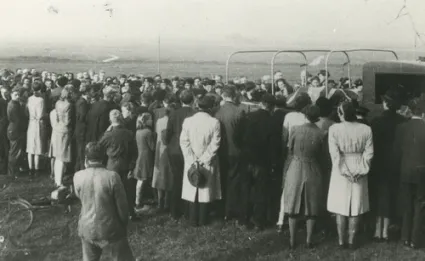 Eanjum
Eanjum -
Achterweg
Achterweg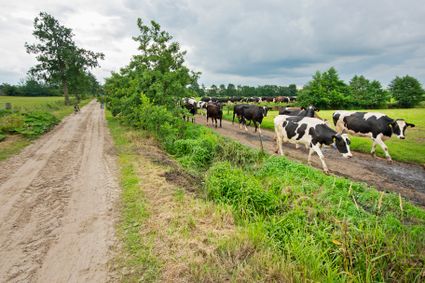 Jistrum
Jistrum -
Doarpstsjerke Mitselwier
Doarpstsjerke Mitselwier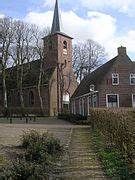 Mitselwier
Mitselwier -
Beauty en Sauna De Leeuwerikhoeve
Beauty en Sauna De Leeuwerikhoeve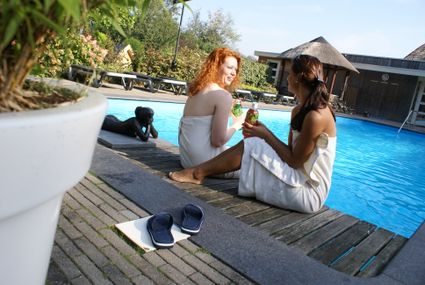 Burgum
Burgum -
Antoniuskerk Surhuizum
Antoniuskerk Surhuizum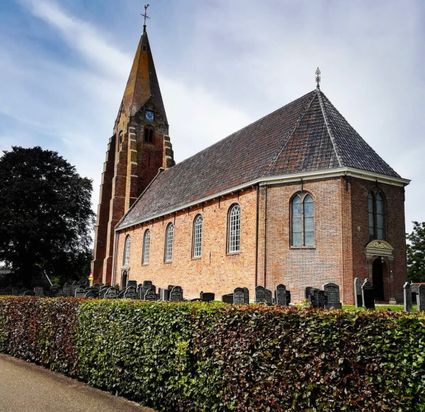 Surhuizum
Surhuizum -
Teetún De Hollen
Teetún De Hollen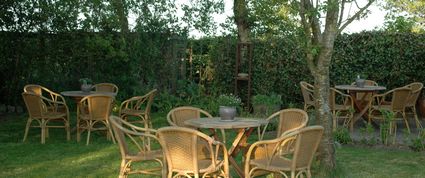 Ryptsjerk
Ryptsjerk -
Petruskerk Wânswert
Petruskerk Wânswert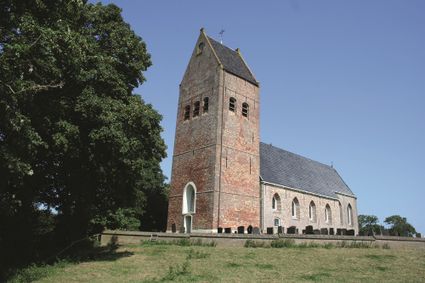 Wânswert
Wânswert -
B&B Gasthuisstraat
B&B Gasthuisstraat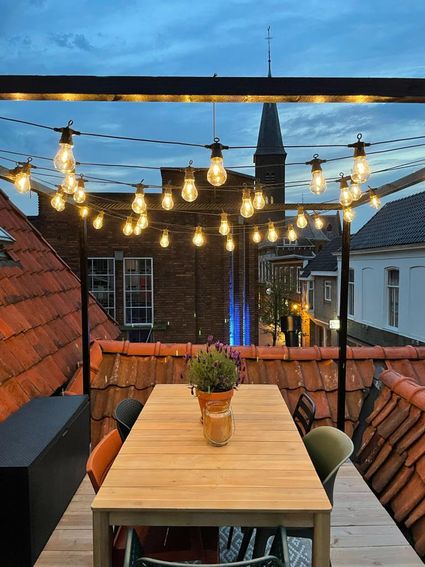 Dokkum
Dokkum -
Interieurcafe by Pilat&Pilat
Interieurcafe by Pilat&Pilat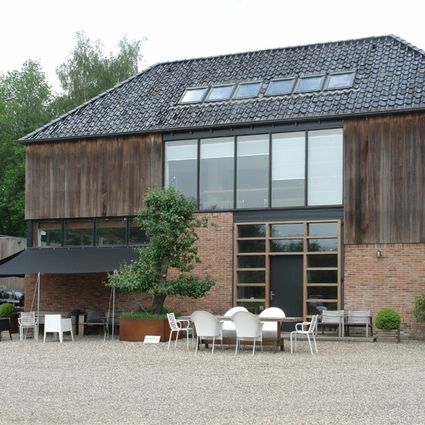 Twijzel
Twijzel -
Minicamping Blauforlaet
Minicamping Blauforlaet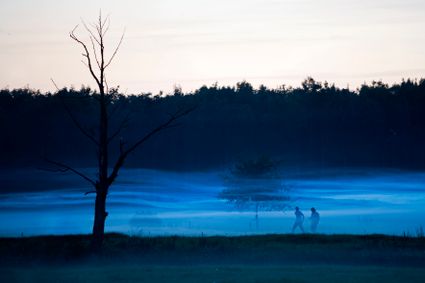 Augustinusga
Augustinusga -
Bonnehof Hûskes in Terpenlandschap
Bonnehof Hûskes in Terpenlandschap Westergeest
Westergeest -
Alde Feanen - Westersanning - Vogelkijkhut
Alde Feanen - Westersanning - Vogelkijkhut Oudega Gem Smallingerlnd
Oudega Gem Smallingerlnd -
Hemelplatform Vlinderbalg
Hemelplatform Vlinderbalg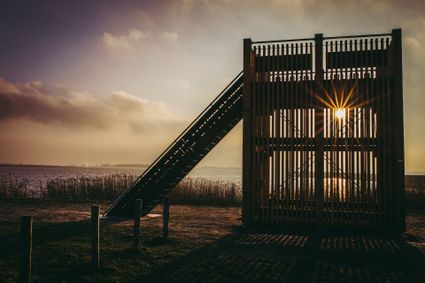 Lauwersoog
Lauwersoog -
Waddenzee-Expedities
Waddenzee-Expedities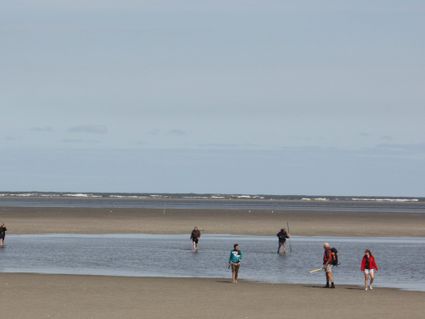 Metslawier
Metslawier


